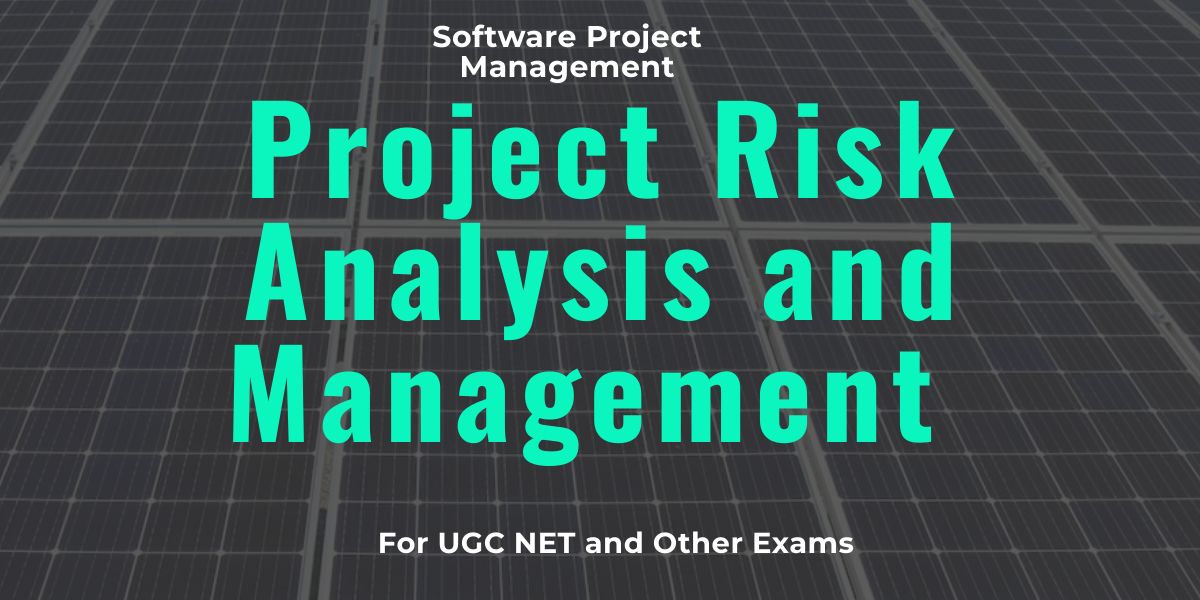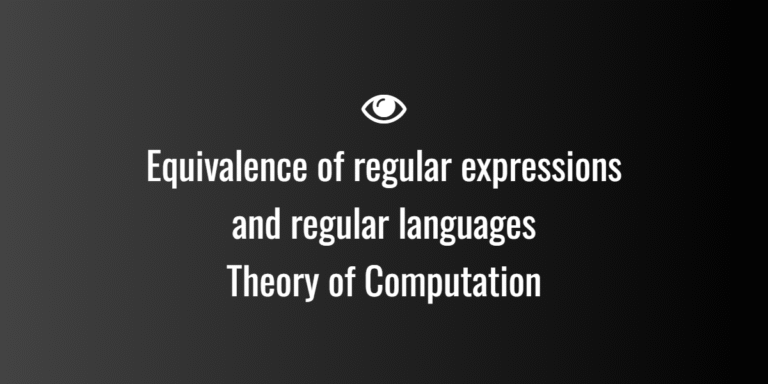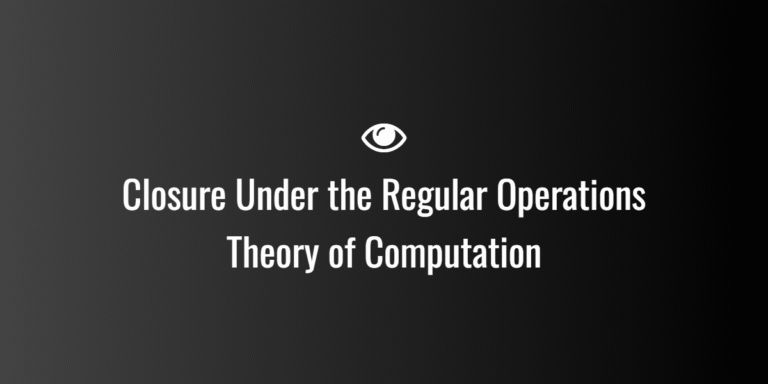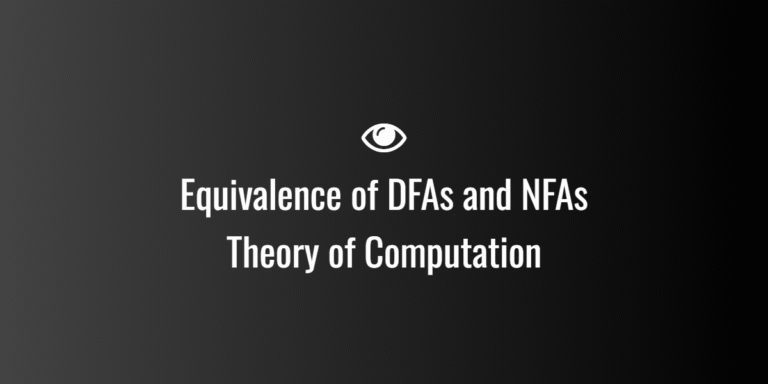
Project Risk Analysis and Management
What is Project Risk Analysis and Management?
Project risk analysis and management is the process of identifying, assessing, prioritizing, and managing risks that could impact the success of a project. It involves systematic planning to ensure that risks are properly understood and controlled throughout the project lifecycle.
🔹 Key Objective: Identify potential risks, assess their impact, and implement strategies to minimize or eliminate their effects on project goals.
Why is Risk Management Important?
Effective risk management allows project teams to anticipate potential challenges and mitigate their effects, ensuring that projects are completed on time, within budget, and with the desired quality. The benefits of project risk management include:
- Improved project outcomes by proactively managing threats.
- Reduced uncertainties that may affect project success.
- Increased stakeholder confidence by demonstrating that risks are being managed systematically.
- Better decision-making by providing insights into potential issues and their consequences.
Risk Management Process
1. Risk Identification
The first step in the risk management process is to identify potential risks that could impact the project. Risks can arise from various sources, such as technology, personnel, external factors, and more.
📌 Techniques for Identifying Risks:
- Brainstorming: Gather the project team and stakeholders to discuss potential risks.
- SWOT Analysis: Identify internal strengths, weaknesses, external opportunities, and threats.
- Expert Judgment: Consult experts who have experience with similar projects.
- Risk Checklists: Use historical data and industry-standard checklists to identify common risks.
- Delphi Technique: Use anonymous feedback from a panel of experts to identify potential risks.
📌 Example Risks:
- Delays in delivery due to resource unavailability.
- Technological changes that impact system requirements.
- External regulatory changes that affect the project’s scope.
- Budget overruns due to unforeseen costs.
2. Risk Assessment
Once risks are identified, they need to be assessed to determine their potential impact on the project and their likelihood of occurrence. This helps prioritize risks and focus resources on those that pose the greatest threat to the project.
Risk Assessment Tools:
- Qualitative Risk Assessment: Categorize risks based on their probability (likelihood of occurrence) and impact (effect on project objectives).
- Impact: Can be categorized as low, medium, or high.
- Probability: Can be categorized as unlikely, likely, or very likely.
| Risk | Probability | Impact | Risk Rating |
|---|---|---|---|
| Resource shortage | High | High | Critical |
| Technological changes | Medium | High | Significant |
| Budget overruns | Low | High | Moderate |
| Regulatory changes | Low | Medium | Minor |
- Quantitative Risk Assessment: Uses numerical methods to assess the exact cost, time, and probability of risks. This can involve statistical models or simulations like Monte Carlo to understand the range of potential outcomes.
📌 Example: A risk may have a 20% probability of occurring and would add an additional $50,000 in cost if it does happen. The expected monetary value (EMV) would be:
EMV=0.20×50,000=10,000
3. Risk Prioritization
After assessing the risks, prioritize them based on their impact and likelihood. Focus on the highest-priority risks that could severely affect the project’s objectives.
Risk Priority
- High Priority: Immediate attention needed. Must be mitigated or avoided.
- Medium Priority: Can be addressed but not critical.
- Low Priority: Monitor but do not take immediate action unless necessary.
4. Risk Response Planning
Once risks have been assessed and prioritized, develop strategies to address each risk. These strategies can fall into one of the following categories:
1. Risk Mitigation:
- Reduce the likelihood or impact of the risk.
- Example: Implementing regular team training to reduce the risk of errors due to lack of skill.
2. Risk Avoidance:
- Alter the project plan to eliminate the risk entirely.
- Example: Changing a project timeline to avoid a potential delay caused by an external factor (e.g., regulatory approval).
3. Risk Transfer:
- Transfer the risk to another party, often through contracts, insurance, or outsourcing.
- Example: Outsourcing a task to an experienced third party to mitigate risk exposure.
4. Risk Acceptance:
- Accept the risk when it is deemed unavoidable or if the cost of mitigation is too high.
- Example: Accepting the risk of a slight delay in the project’s final phase due to external factors beyond control.
5. Contingency Planning:
- Develop a contingency plan for high-priority risks in case they materialize.
- Example: Set aside a contingency budget for unexpected costs during the project.
5. Risk Monitoring and Control
After implementing risk response strategies, continuously monitor risks throughout the project’s lifecycle. This involves:
- Tracking identified risks: Ensure that mitigation plans are working as expected.
- Identifying new risks: As the project progresses, new risks may emerge, and previous ones may evolve.
- Adjusting the risk management plan: Modify the response plan as the project progresses and conditions change.
Risk Monitoring Tools:
- Risk Register: A document that records all identified risks, their assessments, mitigation plans, and status. It should be updated regularly.
- Risk Audits: Regular reviews of risks and their mitigation strategies to ensure they remain relevant and effective.
- Risk Reviews: Regular meetings with stakeholders and the project team to review the risk landscape and ensure everyone is aligned on the risk strategy.
Tools for Risk Analysis and Management
- Risk Matrix: A tool used for qualitative risk assessment, plotting risks based on their probability and impact.
- Monte Carlo Simulation: A quantitative risk analysis tool that simulates multiple scenarios to calculate the likelihood of various outcomes.
- Decision Tree Analysis: A graphical tool used to evaluate different decision paths based on probabilities.
- SWOT Analysis: Identifying Strengths, Weaknesses, Opportunities, and Threats to assess both internal and external project risks.
- Risk Register: A document that records and tracks all identified risks, their potential impacts, mitigation actions, and owners.
Common Risks in Projects
1. Schedule Risks
- Delays in project delivery due to unforeseen factors such as resource unavailability, technical difficulties, or scope changes.
2. Cost Risks
- Budget overruns due to underestimated costs, unexpected expenses, or scope creep.
3. Resource Risks
- Insufficient resources, such as manpower, equipment, or materials, which could delay the project.
4. Technological Risks
- Outdated or inadequate technology that affects the project’s ability to meet requirements.
5. Scope Risks
- Scope creep or changes in the project scope, which can lead to project delays, increased costs, and misalignment with objectives.
6. External Risks
- Regulatory changes, natural disasters, or political instability that can have an impact on the project.
Example of Risk Management in a Software Development Project
Let’s say you’re managing a software development project to create a mobile app. Here’s how risk management might look:
1. Risk Identification
- Technological Risk: New tools or programming languages may not be compatible with the existing system.
- Schedule Risk: Developer availability may be affected by holidays.
- Cost Risk: Unexpected software licenses required during development.
2. Risk Assessment
- Technological Risk: Probability = Medium, Impact = High (Critical).
- Schedule Risk: Probability = High, Impact = Medium (Moderate).
- Cost Risk: Probability = Low, Impact = High (Moderate).
3. Risk Response Planning
- Technological Risk: Transfer by using an external vendor for the development tool integration.
- Schedule Risk: Mitigate by developing a buffer period in the project schedule.
- Cost Risk: Acceptance, with contingency budget allocated for any unexpected costs.
4. Risk Monitoring
- Continuously monitor the development progress, and update the risk register. If new risks emerge, re-prioritize and adjust mitigation strategies accordingly.
Conclusion
Effective project risk analysis and management is crucial to ensuring project success. By identifying, assessing, prioritizing, and responding to risks, project managers can mitigate negative impacts and improve the likelihood of achieving project goals. The goal is not to eliminate risks entirely, but to manage them so that the project can be delivered on time, within budget, and with the expected quality.
✅ Key Takeaways: ✔ Proactive Approach: Identify and manage risks early to reduce potential negative impacts.
✔ Quantitative and Qualitative Methods: Use both data-driven and experience-based methods for risk assessment and management.
✔ Continuous Monitoring: Risks need to be monitored throughout the project lifecycle, adjusting responses as needed.




